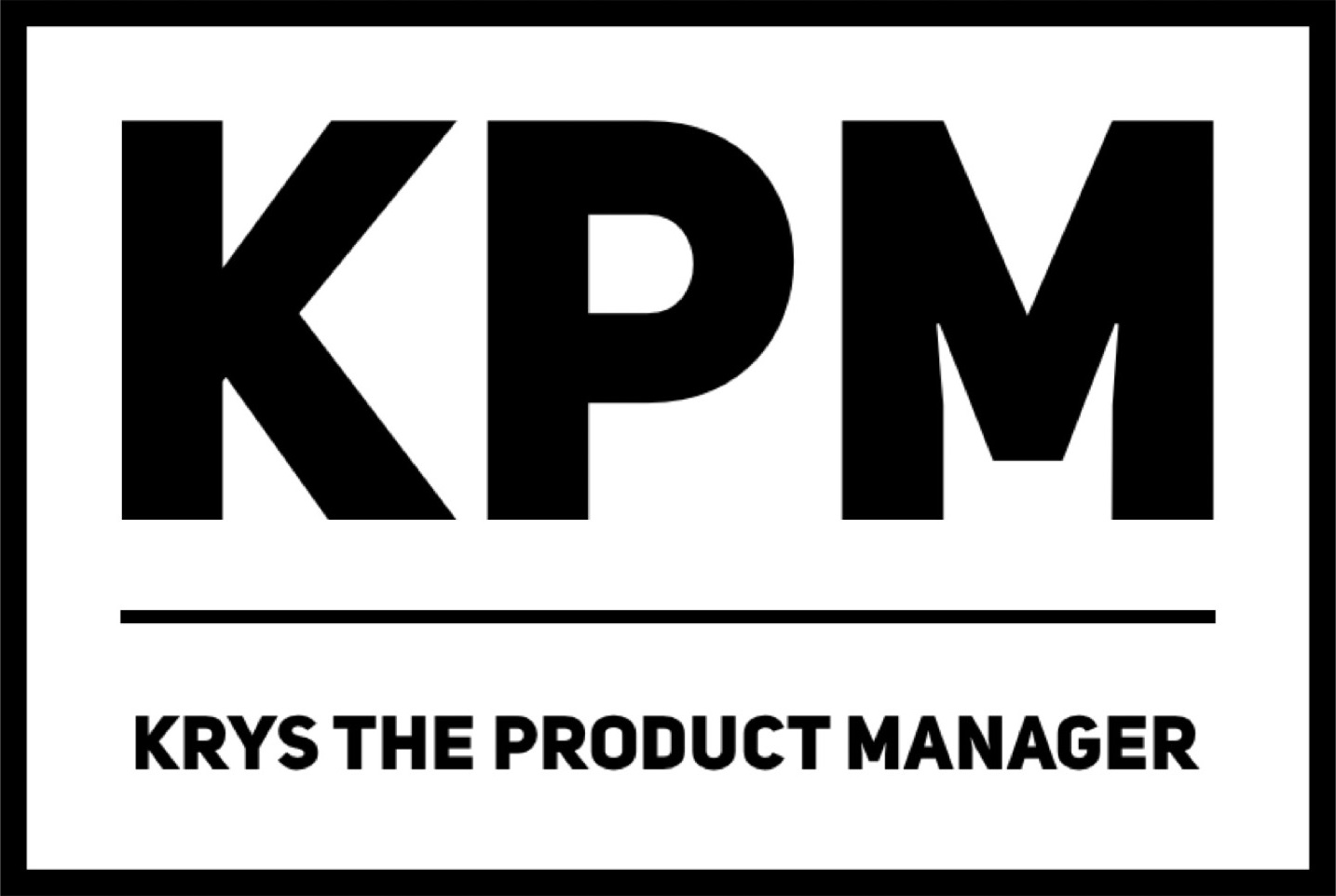Introduction
In the realm of product management, storytelling is not just an art; it’s a strategic tool that can captivate audiences, clarify complex concepts, and drive engagement. A well-told story can turn an ordinary product into an extraordinary experience, making it memorable and impactful. Mastering the art of storytelling is crucial for communicating vision, inspiring teams, and connecting with customers.
Today’s blog will walk you through the process of crafting compelling narratives, from understanding the purpose of your story to sharing it effectively with your audience.
Understanding the Why: Framing the Situation
Do you know why you need a story? Every story begins with understanding its purpose. Are you trying to illustrate a problem, explain a solution, inspire action, or convey a vision? Framing the situation involves identifying the message you want to convey and the emotions you want to evoke. This foundational step ensures that your storytelling will be focused and impactful.
Find Your Story: Exploring the Situation
Do you know where to find your story? Great stories are all around you — they can be found in customer testimonials, team successes, personal experiences, or the journey of your product itself. Explore these situations to uncover narratives that resonate with your audience. Look for stories that are authentic, relatable, and aligned with your message.
Define Your Role: Establishing Credibility
Do you know your role in the story? As a storyteller, your credibility is crucial. Define your role and perspective in the narrative. Are you an observer, participant, or maybe the hero? Establishing your position helps build trust and connection with your audience. It also provides a lens through which the story is told, adding depth and authenticity.
Purposeful Storytelling: Defining Function
Do you know what your story needs to do? Beyond entertaining, your story should serve a specific function. Whether it’s to educate, persuade, or motivate, define what you want your audience to think, feel, or do after hearing your story. This clarity of purpose guides the content and delivery of your narrative, ensuring it has the desired impact.
Plan Your Narrative: Structuring the Story
Do you know how to plan your story? A well-structured story flows logically and keeps the audience engaged from beginning to end. Define the structure of your story—whether it’s a classic three-act structure, a journey, or a before-and-after scenario. Organize your content into a clear beginning, middle, and end, with a compelling arc that builds to a satisfying conclusion.
Craft Your Message: Finding Style
Do you know how to tell your story? The way you tell your story is as important as the story itself. Find a style that complements your message and resonates with your audience. Whether it’s narrative, descriptive, expository, or persuasive, choose a style that enhances the delivery of your message. Use vivid language, metaphors, and anecdotes to make your story memorable and engaging.
Share Your Narrative: Organizing the Delivery
Do you know how to share your story? The final step is delivering your story effectively. Whether it’s through a presentation, a blog post, a video, or a casual conversation, choose a medium that suits your message and audience. Practice your delivery, paying attention to pacing, tone, and body language. And remember, a great story is not just told; it’s performed.
Conclusion
Storytelling is a powerful tool that can transform the mundane into the magical. For product managers, it’s a skill that can elevate your communication, enhance your leadership, and create a lasting impact on your audience. By understanding the why, finding your story, defining your role, making it purposeful, planning your narrative, crafting your message, and sharing it effectively, you can harness the power of storytelling to captivate, inspire, and motivate.
